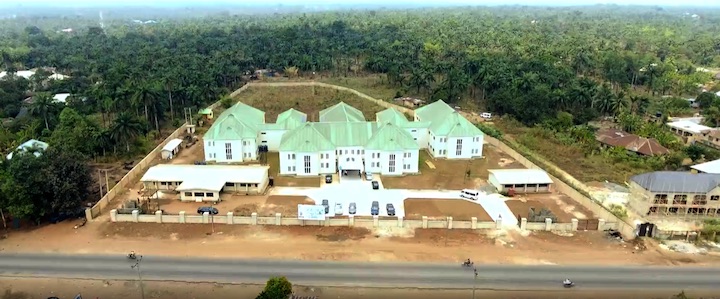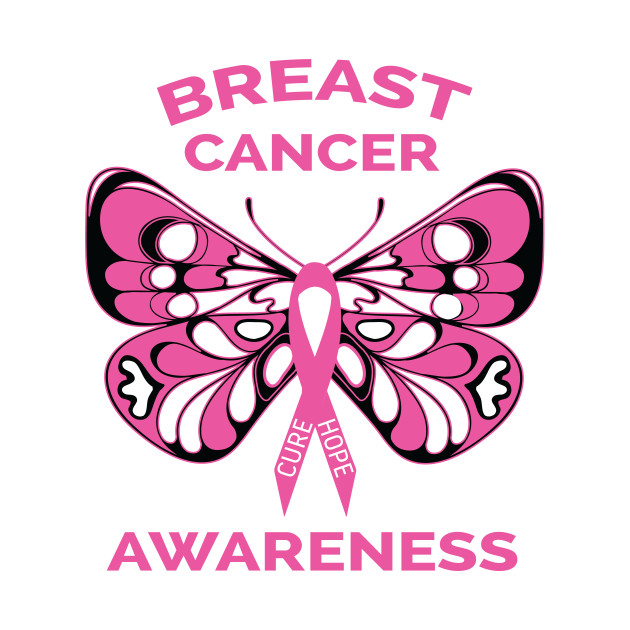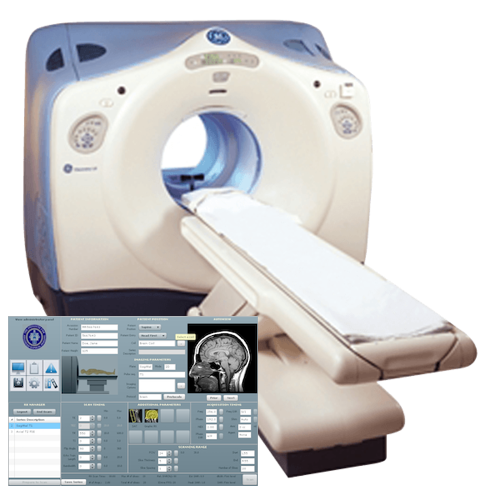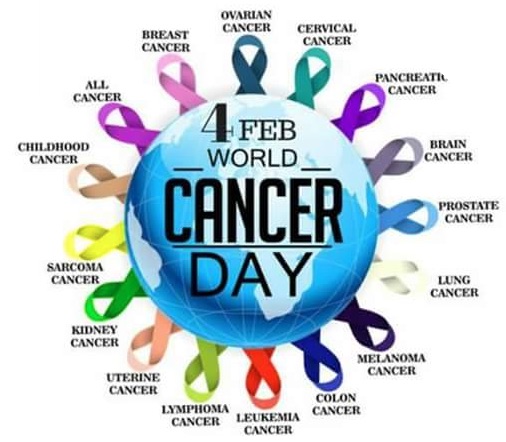Radiation exposure
|
The effective radiation dose from CT ranges from 2 to 10 mSv, which is about the same as the average person receives from background radiation in 3 to 5 years. Usually, CT is not recommended for pregnant women or children unless absolutely necessary.
|
None. MRI machines do not emit ionizing radiation.
|
Cost
|
They usually cost less than MRIs (about half the price of MRI).
|
MRI costs are usually more expensive than CT scans and X-rays, and most examining methods.
|
Time taken for complete scan
|
Usually completed within 5 minutes. Actual scan time usually less than 30 seconds. Therefore, CT is less sensitive to patient movement than MRI.
|
Depending on what the MRI is looking for, and where it is needing to look, the scan may be quick (finished in 10-15 minutes) or may take a long time (2 hours).
|
Effects on the body
|
Despite being small, CT can pose the risk of irradiation. Painless, noninvasive.
|
No biological hazards have been reported with the use of MRI. However, some may be allergic to the contrast dye, which is also inappropriate for those suffering from kidney or liver disorders.
|
Acronym for
|
Computed (Axial) Tomography
|
Magnetic Resonance Imaging.
|
Application
|
Suited for bone injuries, Lung and Chest imaging, cancer detection. Widely used on Emergency Room patients.
|
Suited for Soft tissue evaluation, e.g., ligament and tendon injury, spinal cord injury, brain tumors, etc.
|
Scope of application
|
CT can outline bone inside the body very accurately.
|
MRI is more versatile than the X-Ray and is used to examine a large variety of medical conditions.
|
Ability to change the imaging plane without moving the patient
|
With capability of MDCT, isotropic imaging is possible. After helical scan with Multiplanar Reformation function, an operator can construct any plane.
|
MRI machines can produce images in any plane. Plus, 3D isotropic imaging also can also produce Multiplanar Reformation.
|
Details of bony structures
|
Provides good details about bony structures
|
Less detailed compared to X-ray
|
Principle used for imaging
|
Uses X-rays for imaging
|
Uses large external field, RF pulse and 3 different gradient fields
|
Details of soft tissues
|
A major advantage of CT is that it is able to image bone, soft tissue and blood vessels all at the same time.
|
Provides much more soft tissue detail than a CT scan.
|
Principle
|
X-ray attenuation is detected by detector & DAS system, followed by math. model (back projection model) to calculate the value of pixelism that becomes a image.
|
Body tissues that contain hydrogen atoms (e.g. in water) are made to emit a radio signal which are detected by the scanner. Search for "magnetic resonance" for physics details.
|
History
|
The first commercially viable CT scanner was invented by Sir Godfrey Hounsfield in Hayes, United Kingdom. First patient's brain-scan was done on 1 October 1971.
|
First commercial MRI was available in 1981, with significant increase in MRI resolution and choice of imaging sequences over time.
|
Image specifics
|
Good soft tissue differentiation especially with intravenous contrast. Higher imaging resolution and less motion artifact due to fast imaging speed.
|
Demonstrates subtle differences between different kinds of soft tissues.
|
Intravenous Contrast Agent
|
Non-ionic iodinated agents covalently bind the iodine and have fewer side effects. Allergic reaction is rare but more common than MRI contrast. Risk of contrast induced nephropathy (especially in renal insufficiency (GFR<60), diabetes & dehydration).
|
Very rare allergic reaction. Risk of reaction in those who have or have a history of kidney or liver disorders.
|
Comfort level for patient
|
Seldom creates claustrophobia
|
Anxiety, especially anxiety caused by claustrophobia, is common, as is tiredness or annoyance over having to stay still on a hard table for a long period of time.
|
Limitation for Scanning patients
|
Patients with metal implants can get CT scan. A person who is very large (e.g. over 450 lb) may not fit into the opening of a conventional CT scanner or may be over the weight limit for the moving table.
|
Patients with Cardiac Pacemakers, tattoos and metal implants are contraindicated due to possible injury to patient or image distortion (artifact). Patient over 350 lb may be over table's weight limit. Any ferromagnetic object may cause trauma/burn.
|











